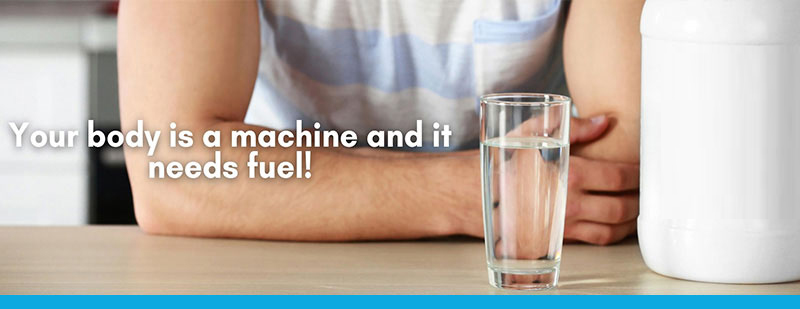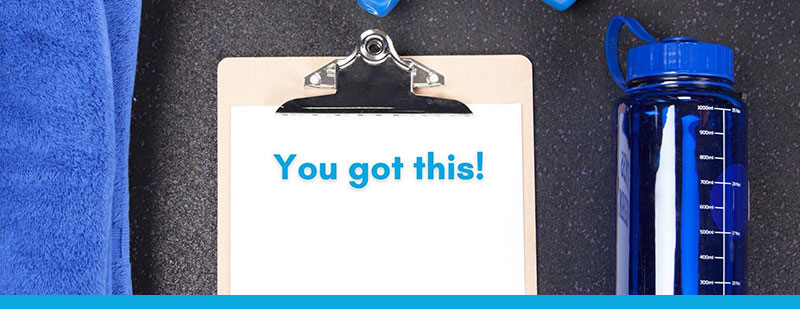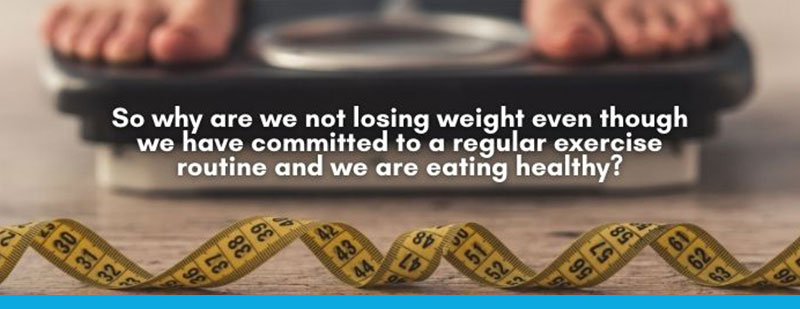How To Do The 7-Point Meditation Posture
Last month, we discussed the benefits of meditation.
In this month’s blog, we take things a step further to ensure that your meditation time is tailored to your individual needs as well as explain the correct way to sit during meditation, as posture is paramount!
During meditation, your blood pressure lowers, your heart rate improves, your breathing is enhanced and your brain waves are enlightened. Further to this, the art of meditation helps to release tension from your body so it is important to ensure that you are sitting in such a way that you give your body the best possible chance to achieve these benefits.
Posture sets the intention for your meditation practice. By sticking to a specific posture each time you meditate, your body starts to learn the cues you are giving it and it will start to understand it’s time to meditate, helping you to form a healthy habit and transition easily into your meditation.
Practised by yogis for thousands of years, the 7-point meditation posture creates highly successful and effective meditations by checking that the vital 7 points of your body are in position and ready to receive.
Step 1
Sit comfortably, in the Lotus position. Take your level of flexibility into account and don’t force your body into any seated positions that do not feel natural for you. If you have suffered an injury or are unable to be seated on the floor, use a chair. Your comfort is the most important thing.
Step 2
Straighten your back, but avoid creating tension or tightness through the spine and ribcage.
Step 3
Push your shoulders back a little. Once again, do not force the position. You can roll your shoulders into the right place by lifting them to your ears, rolling them back and then dropping your shoulder blades downwards. Repeat this exercise a few times to loosen your shoulders and then let them drop naturally into a comfy place.
Step 4
The placement of your hands is one of the most important. There are main three positions for your hands, depending on your meditation focus.
- To achieve general relaxation, place your hands in your lap, palms up and thumbs touching. Do not tense your hands or grip with your fingers.
- To elevate your determination, place one hand on each knee, palms down. Release tension from the wrists.
- To stimulate your body and mind and free the energy within your body, touch your thumbs to the base of your ring finger, close your fingers firmly (but do not grip) and then rest your hands, palm down on your knees.
Step 5
Stretch your neck upwards, but do not strain. Drop your chin slightly and make sure your head is supported comfortably.
Step 6
Based on your level of meditation, or your level of comfort you can adjust your eye position accordingly. Either close your eyes gently, look down to the tip of your nose, or stare slightly ahead to the horizon, but remember not to compromise the position of your head and neck.
Step 7
Be aware of your mouth and tongue. Relax your jaw and let your mouth be open enough to let air escape. Touch the tip of your tongue to the back of your upper teeth. Try not to clench the tongue to the roof of the mouth or lock the jaw.
Now that you have your body in the correct position, watch your breathing.
Breathe In
Breathe Out
and repeat.
Avoid trying to control your thoughts or change them. Just let them flow and keep your mind on your breathing. Let go of the control of your headspace and the thoughts will dissipate on their own. Relinquishing takes time and practice, so do not panic if the first few times do not seem to work. Simply enjoy the moment of sitting still and feeling yourself breathe.
It is important to note that meditation is not meditation unless you make it a habit. Set aside 10 minutes every day, at the same time to place yourself in the 7-point meditation posture. Feel free to adjust to more complicated seating positions as you feel your body start to loosen up. Just be sure to not force yourself into any unnatural positions or tense your body up, this is counterproductive.
Be patient with yourself. Make use of tools online, guided meditations and assistance to set you on the right path. If you keep it up, your breathing, decluttering of your mind and achieving the correct posture will all become second nature.
Body20 Members have access to Wellness Coaches who are available to assist with wellness practices to help you live a holistically healthy life.
Book your free demo at your nearest Body20 Studio to find out more about our FitTrac Program.









